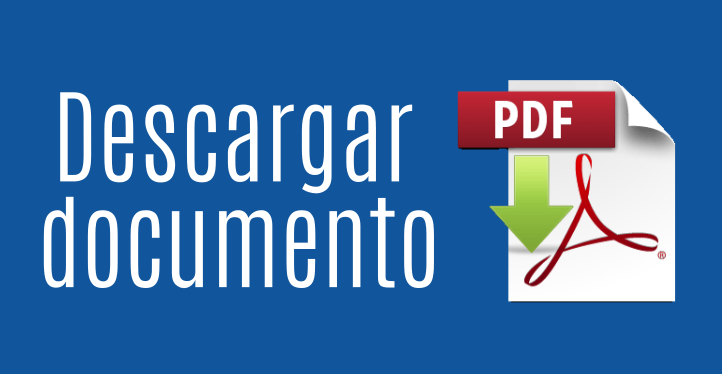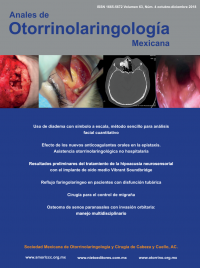Use of headband with scale symbol, a simple method for quantitative facial analysis.
An Orl Mex. 2018 octubre-diciembre;63(4):131-135.
Ricardo Torres-Vasconcelos,1 Germán Navarro-Anaya2
1 Otorrinolaringólogo y cirujano plástico facial. Director General de la Clínica Topmedical Santa Mónica, Tlalnepantla, Estado de México. Profesor del Diplomado de Rinología y Cirugía Facial, Universidad Nacional Autónoma de México. Profesor del curso de Cirugía Facial para egresados de la especialidad de Otorrinolaringología y Cirugía de Cabeza y Cuello.
2 Otorrinolaringólogo y cirujano de cabeza y cuello, Facultad Mexicana de Medicina, Universidad La Salle. Alumno del curso de Cirugía Facial.
Resumen
ANTECEDENTES: El análisis facial clínico es el método utilizado por los cirujanos faciales para evaluar la cara del paciente y así definir sus proporciones, volumen, apariencia, simetría y deformidades visibles. Se basa en el examen clínico directo y fotografías.
OBJETIVO: Comprobar que la aplicación de un símbolo a escala impreso en una diadema, que usa el paciente al tomar las fotografías, es un método de alta precisión y sencillo para realizar el análisis facial cuantitativo.
MATERIAL Y MÉTODO: Estudio transversal, descriptivo, observacional y analítico, efectuado de enero a junio de 2018, en el que se obtuvieron fotografías clínicas de pacientes en su vista frontal, laterales, oblicuas y basal en condiciones estandarizadas. Se colocó una diadema con un símbolo a escala que medía 10 mm. Al mismo tiempo el paciente sostenía una regla milimetrada justo en el plano facial donde se deseaba medir. En la computadora se midió digitalmente en pixeles el ancho del símbolo y lo largo de 10 mm en la regla, usando el programa Screen Calipers. Se compararon ambos resultados con la prueba t de Student.
RESULTADOS: Se incluyeron 10 pacientes. No se encontró diferencia estadísticamente significativa entre las dos mediciones.
CONCLUSIÓN: El uso de un símbolo a escala en la diadema es un método sencillo y eficaz para realizar análisis facial cuantitativo.
PALABRAS CLAVE: Cirujanos faciales; cefalometría.
Abstract
BACKGROUND: Aesthetic facial analysis is the method used by facial surgeons to evaluate the patient’s face and thus define their proportions, volume, appearance, symmetry and visible deformities. It is based on the direct clinical examination and photographs.
OBJECTIVE: To verify that the use of a scale symbol printed on a headband, which the patient uses when taking photographs, is an exact and simple method to perform quantitative facial analysis.
MATERIAL AND METHOD: A cross-sectional, descriptive, observational and analytical study was done from January to June 2018, obtaining clinical photographs in patients in their frontal, lateral and three-quarter view under standardized conditions. A headband was placed with a scale symbol, which we knew was 10 mm. The patient held a millimeter rule just in the facial plane where we wanted to measure. On the computer the width of the symbol and the length of 10 mm in the ruler were digitally measured in pixels using the Screen Calipers program. Both results were compared with t Student test.
RESULTS: Ten patients were included. No statistically significant difference was found between the two measurements.
CONCLUSION: The use of a scale symbol in the headband is a simple and effective method to perform quantitative facial analysis.
KEYWORDS: Facial surgeons; Cephalometry.


